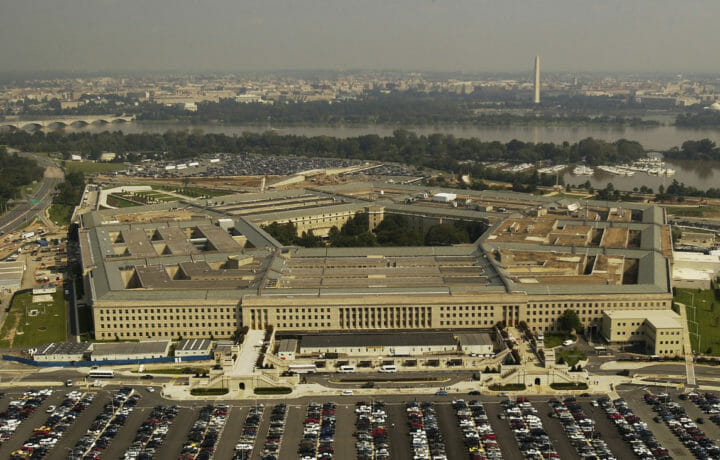In 1999, two Chinese colonels published a slim volume called Unrestricted Warfare—a blueprint for defeating a stronger adversary through the erosion of rules, the fusion of war and peace, and the use of every instrument of national power. At the time, few American readers took it seriously. Today, it reads more like a prophecy.
China has weaponized nearly every dimension of globalization: capital markets, infrastructure projects, research partnerships, telecom networks, and even Hollywood scripts. And while the U.S. has responded militarily in the Pacific and economically through sanctions and export controls, it has yet to develop a doctrine that integrates its vast resources into a coherent counter-strategy.
The question now is not just how to compete with China—but how to do so without becoming the very adversary we seek to contain.
What Is Unrestricted Warfare?
In Chinese military thought, Unrestricted Warfare is not a license for chaos. It is a strategy of blending the legal, psychological, economic, and technological domains into a seamless continuum of conflict. There are no battlefields in the traditional sense. Every sector is fair game.
It’s not just about stealing blueprints or funding Confucius Institutes. It’s about fracturing trust in democratic institutions, redirecting global norms, and shaping the environment so that a shot never needs to be fired. Beijing doesn’t need to invade Taiwan if it can convince the world it’s not worth defending.
The American Dilemma
The U.S. still thinks in compartments—defense here, diplomacy there, economy over there. But our adversaries do not. The PRC’s Central Military Commission doesn’t separate cyber operations from trade policy or influence campaigns from talent recruitment. These are all aspects of the same war.
The American security establishment has long excelled at firepower and deterrence. But we remain strategically disjointed below the threshold of open conflict. We react to crises—balloons, data breaches, academic espionage—without a unifying doctrine. We spend billions securing critical infrastructure while American firms unknowingly outsource vulnerabilities through third-party supply chains.
Worse, there’s a growing temptation to mirror Beijing’s methods: tighten information flows, adopt industrial policy by fiat, blur civilian and military lines, or expand domestic surveillance in the name of national security. That’s not strategy—that’s mimicry.
The Case for an American Version
If we are to engage in “unrestricted competition,” then we must define what that means on our terms. America’s advantage has never been authoritarian control—it’s been adaptability, innovation, values-based leadership, and the ability to inspire allies. These aren’t soft assets. They’re force multipliers.
A uniquely American approach to unrestricted warfare would include:
- Offensive Counterintelligence: Move beyond passive risk mitigation. Proactively disrupt foreign intelligence operations, especially in academia, venture capital, and emerging tech.
- Strategic Influence Operations: Use overt and covert means to reestablish narrative sovereignty in global forums. This includes contesting PRC narratives in the Indo-Pacific, Africa, and Latin America.
- Economic Statecraft: Leverage the power of the dollar, export controls, and market access. Enforce standards for investment screening, foreign corporate influence, and IP theft.
- Tech Overmatch with Guardrails: Dominate critical tech like AI, chips, and quantum—but embed ethics, transparency, and democratic accountability as strategic differentiators.
- Allied Integration: Build a trusted network of democracies for intelligence sharing, joint economic defenses, and cyber norms. Strategic asymmetry works best with a team.
Competing Without Losing Ourselves
What China calls “unrestricted warfare,” we should call total strategic competition. It doesn’t require authoritarianism. It requires clarity—about what we’re defending, how we’re structured, and why it matters.
We need a national strategy that fuses economic power, information control, CI, and public resilience into a doctrine that rivals the coherence of China’s. Not a shadow war of paranoia, but a sustained campaign of strategic discipline—rooted in open society, but not naïve to its costs.
The future won’t be won on the battlefield alone. It will be won in boardrooms, universities, cloud servers, and treaty negotiations. The U.S. must meet China’s strategy with one of its own. Not just to win, but to win as Americans.



